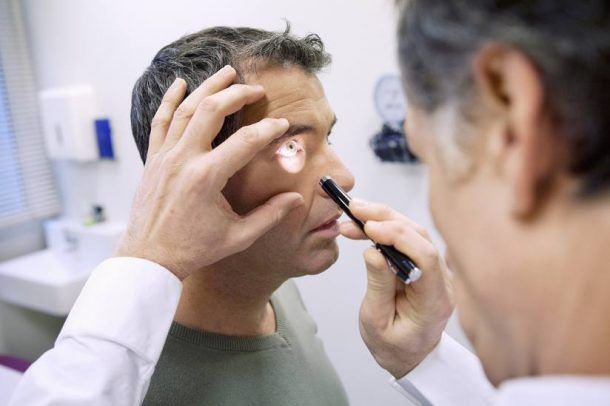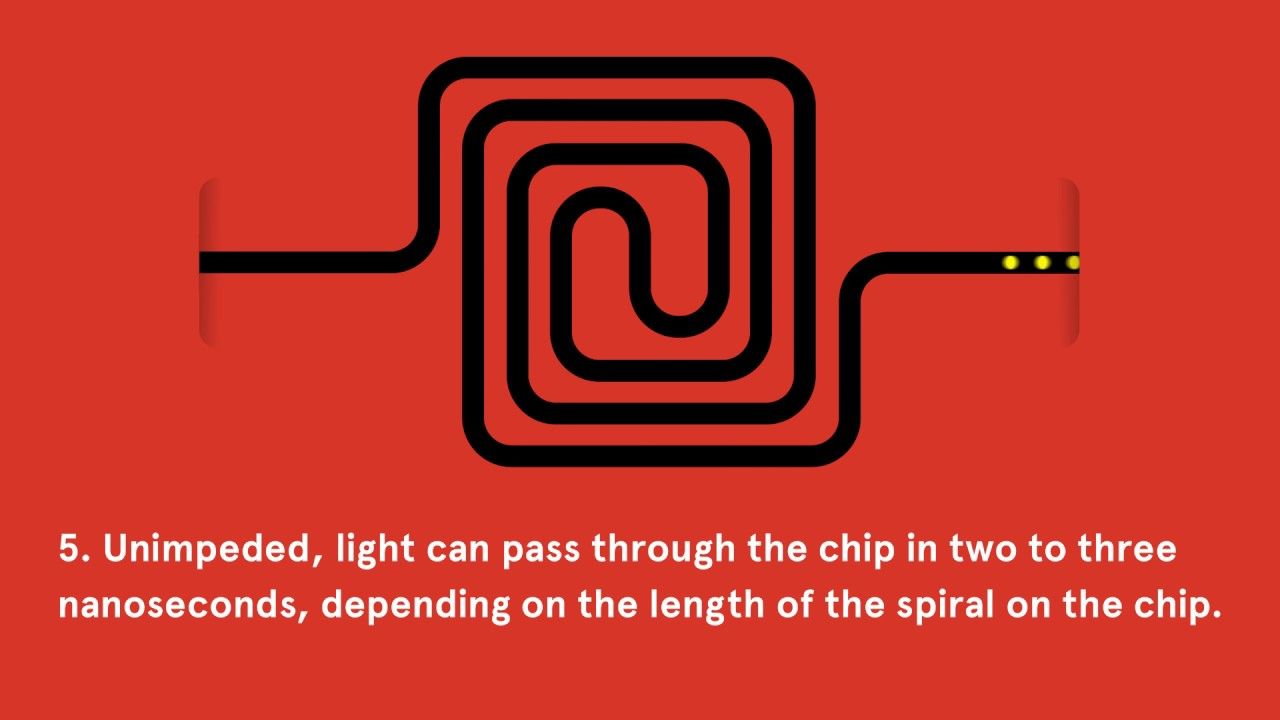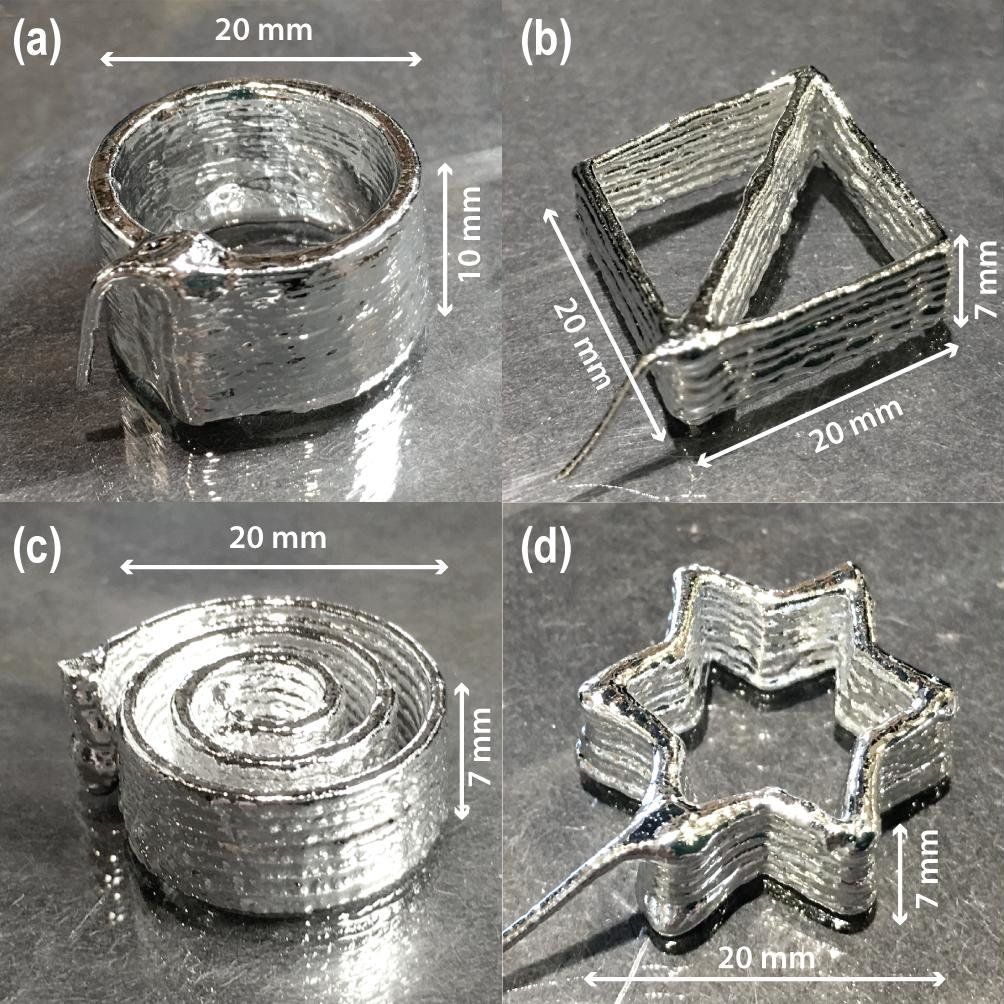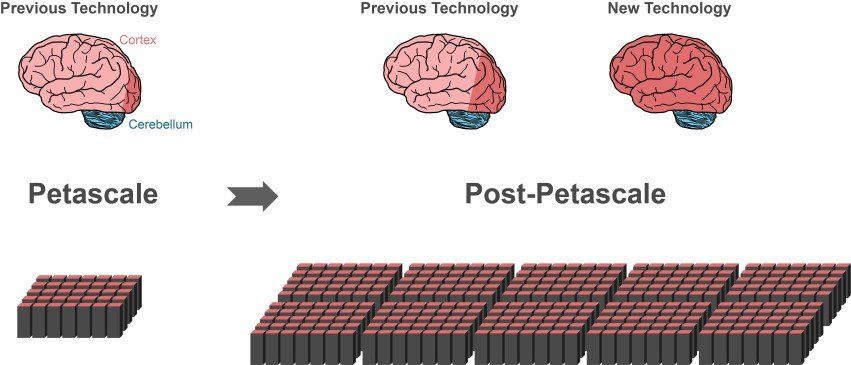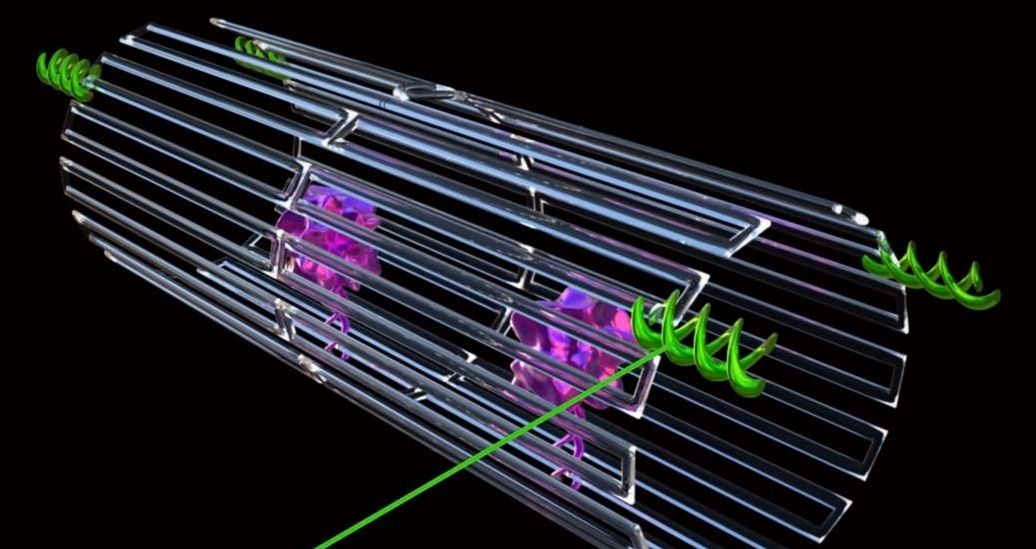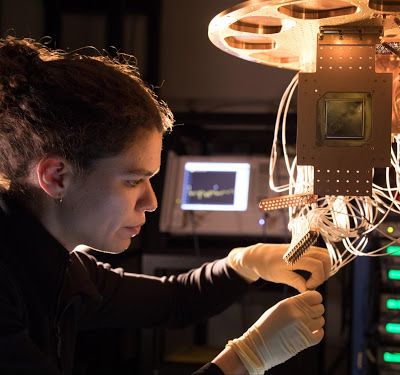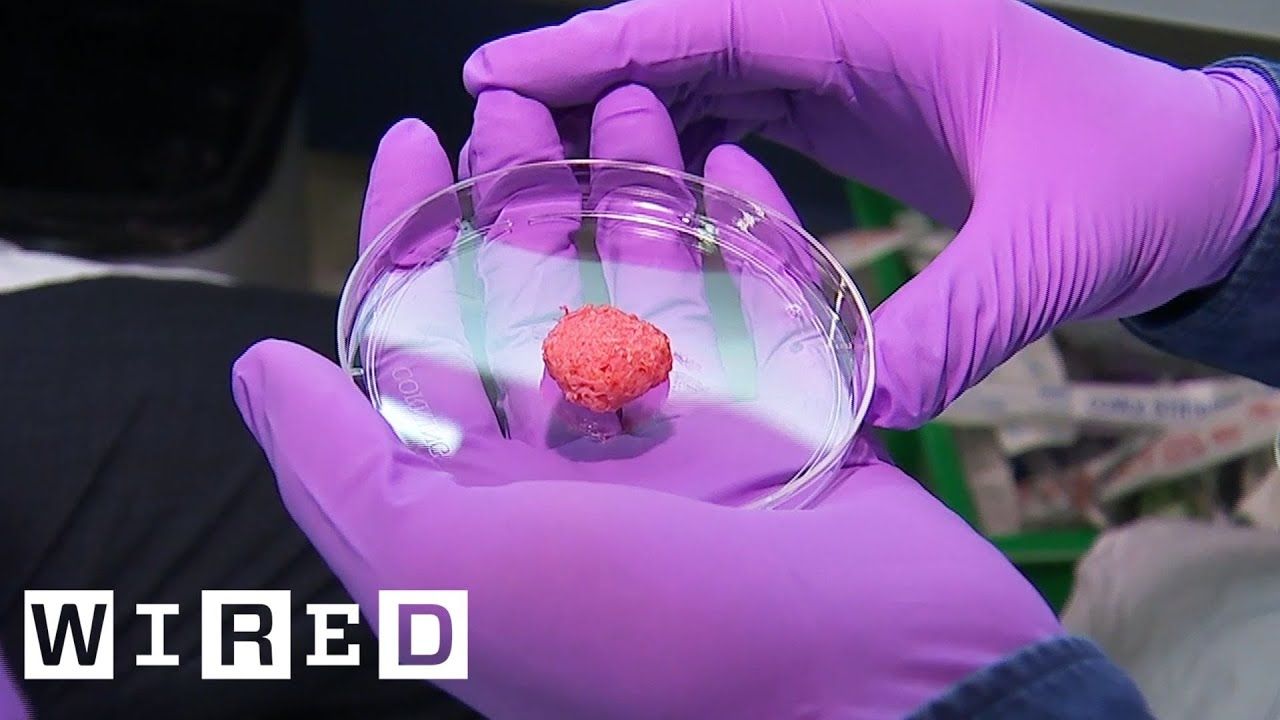Mar 5, 2018
Experiment picks up light from the first stars – and it may change our understanding of dark matter
Posted by Shailesh Prasad in category: cosmology
We know this dip should be found in the radiowave part of the electromagnetic spectrum, at a wavelength of 21cm.
Challenging measurement
This was all predicted by theory. But in practice, the signal is extremely challenging to find. This is because it overlaps with many other signals in this region of the spectrum which are much stronger – such as common frequencies on the FM radio dial and radio waves from other events in our galaxy. The reason the team eventually succeeded was partly down to the experiment’s sensitive receiver and small antenna, which lets you cover a large area of the sky more easily.


